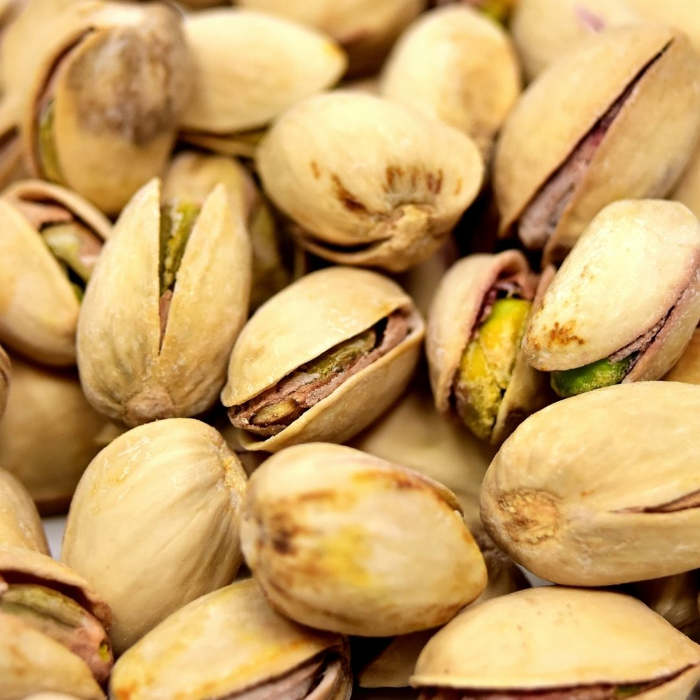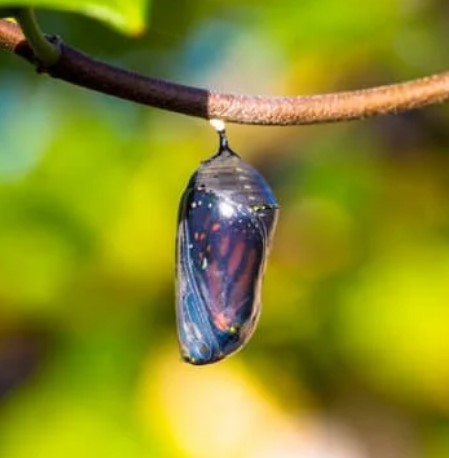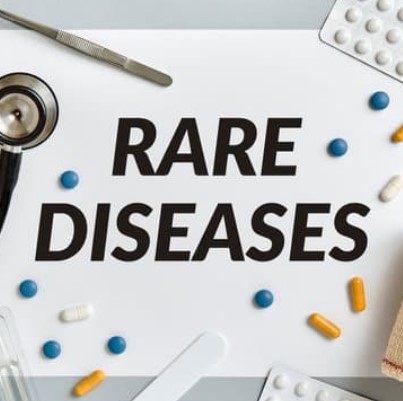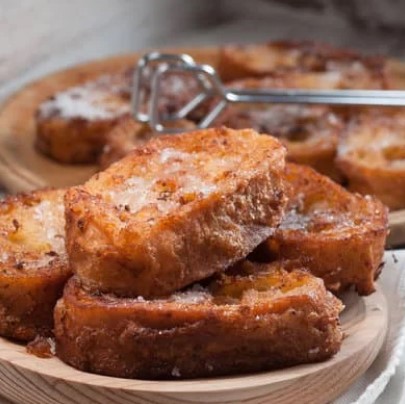
Carnival Poems - Recursos Educativos en Inglés - Poems in English
Carnival nursery rhymes - Poesías en inglés
Long live the Carnival confetti by Gianni Rodari
Long live the Carnival confetti,
paper bombs that don’t hurt!
Van on the streets in gay company
the warriors of happiness:
they shoot laughter in the face
harp,
they take prisoners
with colorful streamers.
No nurses needed
because the wounded heal
with a candy.
Lead the assault, at a tarantella pace,
the general in chief Pulcinella.
The battle ended, all to bed.
On the pillow
stands out like a medal
a Carnival coriander.
Carnival Time by Clarence Michael James Stanislaus Dennis
Now is the season of Carnival.
Who's for the sunlit course?
Who's for the beat of galloping feet
And the day and the way of the horse?
Who joins the dance, tho' Lady Chance
Pleasure or pain may yield,
Who comes to the call of Carnival?
'Seven to four the field!'
This is the week of the Carnival
And the sign of a brighter dawn
In men's affairs. Who sheds old cares
Where gay frocks fleck the lawn?
Who would forget old days of fret?
Who comes to the call of mirth
And the conquering steeds? ... They're off! Who leads?
And the hoof beats spurn the earth.
Then, Hi! for the height of Carnival,
Gayer than all gone past:
And the nameless fears of the deadening years
Forsake men's minds at last.
Bright jackets flash beneath the sun
As the roar of the crowd begins,
And lifts and swells at a great home run:
'Who leads? Who lasts? Who wins?'
Ho! for the call of Carnival!
Way for the Sport of Kings!
And men, grown sane, turn once again
To all that high hope brings.
Who's for the Carnival? Who grows gay
Where galloping Fortune speeds
Around the turn to gallop our way
With the galloping, galloping steeds?
Carnival Nursery Rhyme by Gabriele d’Annunzio
Crazy old carnival
the mattress was sold
to buy bread, wine,
tarallucci and cotechino.
And eating out loud
the mountain of pancakes
he has grown a big belly
that looks like a balloon.
He drinks, drinks suddenly
his face turns red
then his belly bursts too
while still eating, eat.
Thus the Carnival dies
and they give him the funeral:
from the dust he was born
and returned to dust.
Carnival, Carnival by Jolanda Remain
Carnival, Carnival
it’s a pretty good party:
all happy, all happy
no more hassles and troubles!
All in happy masks
with flashy costumes
to forget every thought
of a future that is too black.
Let’s erase the sad faces:
it is urgent to be optimistic!
Here is what it takes:
Carnival, Carnival!
Carnival song
Pulcinella had a rooster;
all day he rode there,
with bridle and saddle.
Long live the Pulcinella cockerel!
Pulcinella had a cat;
all day he was jumping like crazy,
ringing a bell.
Long live Pulcinella’s kitten!
Carnival
Carnival has arrived,
bursts like a storm!
Sing, dance and improvise
amidst a shower of laughter!
With the masks in a storm
the whole world is celebrating!
It bursts like a storm
Carnival has arrived!
Harlequin’s dress by Gianni Rodari
To make a dress for Harlequin
put a Meneghino patch on it,
he put another Pulcinella,
a Gianduia, a Brighella.
Trousers, old louse,
put a tear on our knee,
and Stenterello, out of hand
a few stains of Tuscan wine.
Colombina who sewed it
made a tight dress like that.
Harlequin put it on anyway
but he was a little perplexed.
Balanzone then said,
Bolognese dottorone:
“I assure you and I swear to you
which will suit you next month
if you will observe my recipe:
one day fast and the other bill! “.
The Carnival of the Animals, with Verses by Ogden Nash
Introduction
Camille St. Saëns was wracked with pains
When people addressed him as “Saint Sains.”
He held the human race to blame
Because it could not pronounce his name.
So he turned with metronome and fife
To glorify other forms of life.
Be quiet, please, for here begins
His salute to feathers, furs, and fins.
Royal March of the Lion
The lion is the king of beasts
And husband of the lioness.
Gazelles and things on which he feasts
Address him as Your Highoness.
There are those who admire that roar of his
In the African jungles and veldts,
But I think, wherever a lion is,
I’d rather be somewhere else.
Hens and Roosters
The rooster is a roistering hoodlum,
His battle cry is cock-a-doodlum.
Hands in pockets, cap over eye,
He whistles at pullets passing by.
Wild Jackass
Have ever you harked to the jackass wild
Which scientists call the onager?
It sounds like the laugh of an idiot child
Or a hepcat on a harmoniger.
But do not sneer at the jackass wild,
There is method in his heehaw,
For with maidenly blush and accent mild,
The jenny-ass answers, shee-haw.
Tortoises
Come crown my brow with leaves of myrtle,
I know the tortoise is a turtle.
Come carve my name in stone immortal,
I know the turtoise is a tortle.
I know to my profound despair
I bet on one to beat a hare.
I also know I’m now a pauper
Because of its tortley, turtley, torpor.
The Elephant
Elephants are useful friends,
Equipped with handles at both ends.
They have a wrinkled moth-proof hide;
Their teeth are upside down, outside.
If you think the elephant preposterous,
You’ve probably never seen a rhinosterous.
Kangaroos
The kangaroo can jump incredible.
He has to jump because he’s edible.
I could not eat a kangaroo
But many fine Australians do.
Those with cookbooks as well as boomerangs
Prefer him in tasty kangaroo meringues.
The Aquarium
Some fish are minnows,
Some are whales.
People like dimples,
Fish like scales.
Some fish are slim,
And some are round.
They don’t get cold,
They don’t get drowned.
But every fish wife
Fears for her fish.
What we call mermaids
And they call merfish.
Mules
In the world of mules,
There are no rules.
The Cuckoo in the Depth of the Woods
Cuckoos lead bohemian lives,
They fail as husbands and as wives.
Therefore, they cynically disparage
Everybody else’s marriage.
The Birds
Puccini was Latin, and Wagner Teutonic,
And birds are incurably philharmonic.
Suburban yards and rural vistas
Are filled with avian Andrews Sisters.
The skylark sings a roundelay,
The crow sings “The Road to Mandalay.”
The nightingale sings a lullaby,
And the seagull sings a gullaby.
That’s what shepherds listened to in Arcadia
Before somebody invented the radia.
Pianists
Some claim that pianists are human,
And quote the case of Mr. Truman.
St. Saëns, upon the other hand,
Considered them a scurvy band.
Ape-like they are, he said, and simian,
Instead of normal men and wimian.
Fossils
At midnight in the museum hall,
The fossils gathered for a ball.
There were no drums or saxophones,
But just the clatter of their bones,
A rolling, rattling, carefree circus
Of mammoth polkas and mazurkas.
Pterodactyls and brontosauruses
Sang ghostly prehistoric choruses.
Amid the mastodonic wassail,
I caught the eye of one small fossil.
Cheer up, sad world, he said, and winked.
It’s kind of fun to be extinct.
The Swan
The swan can swim while sitting down.
For pure conceit he takes the crown.
He looks in the mirror over and over,
And claims to have never heard of Pavlova.
Finale
Now we reach the grand finale,
Animale, carnivale.
Noises new to sea and land
Issue from the skillful band.
All the strings contort their features,
Imitating crawly creatures.
All the brasses look like mumps
From blowing umpah umpah umps.
In outdoing Barnum and Bailey and Ringling,
St. Saëns has done a miraculous thingling.
🔆 Read more Poems
Adblock test (Why?)


























